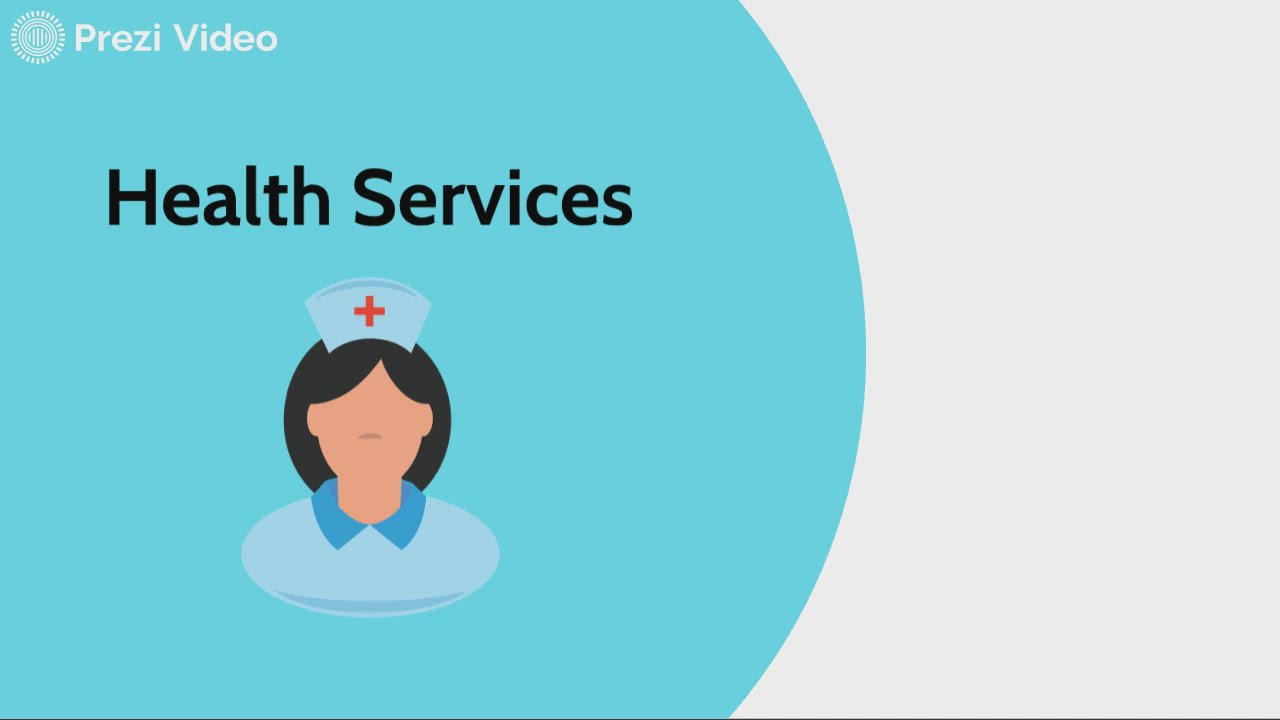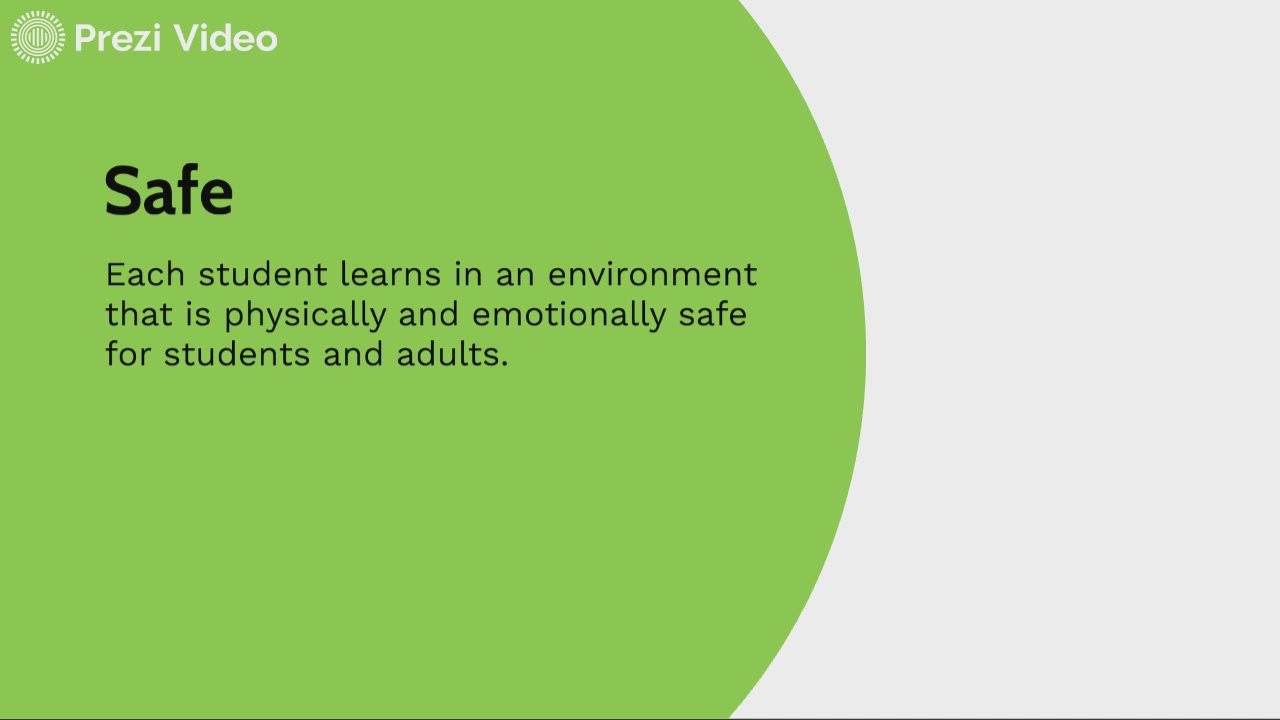Audio Transcript Auto-generated
- 00:01 - 00:04
health and well being have long been kept separate
- 00:04 - 00:06
from education and learning in our Children's lives.
- 00:07 - 00:10
These components both have large impact on individuals and society.
- 00:11 - 00:14
When health and education collaborate, they thrive off each other.
- 00:15 - 00:18
There is no better location for this collaboration than in schools.
- 00:19 - 00:20
The C. D. C. And A S C. D.
- 00:20 - 00:24
Recognized this and developed the whole school, whole community,
- 00:24 - 00:26
whole child or a whisk model.
- 00:26 - 00:27
This
- 00:27 - 00:30
model combines and builds on past models,
- 00:30 - 00:32
such as the coordinated school health model
- 00:32 - 00:34
and whole child initiative.
- 00:34 - 00:36
When developing the whisk model,
- 00:36 - 00:38
leaders put emphasis on integration and
- 00:38 - 00:41
collaboration between education and well being.
- 00:43 - 00:46
This new emphasis expanded the school's components to 10 items.
- 00:49 - 00:52
The first school component, health education
- 00:52 - 00:56
allows students to gain the knowledge and skills needed to make healthy choices.
- 00:56 - 00:58
This is provided by qualified teachers.
- 01:02 - 01:06
Physical education and physical activity helps students to develop motor skills,
- 01:06 - 01:08
knowledge and behavior
- 01:11 - 01:15
nutrition environment and services refers to school nutrition services
- 01:15 - 01:19
providing opportunities to learn about and practice healthy eating
- 01:22 - 01:23
health services,
- 01:23 - 01:25
gives emergency care to schoolchildren along
- 01:25 - 01:27
with assessment of chronic conditions,
- 01:31 - 01:33
counseling, psychological and social services
- 01:34 - 01:36
includes prevention and intervention services
- 01:36 - 01:41
that support the mental behavioral social and emotional health of students.
- 01:45 - 01:49
Social and emotional climate refers the need of a positive school climate.
- 01:49 - 01:53
The school climate impacts student engagement in school activities,
- 01:53 - 01:55
relationships with other students, staff,
- 01:55 - 01:57
families and community health and growth
- 01:57 - 01:59
and academic performance.
- 02:03 - 02:05
Physical environment refers to the maintenance
- 02:05 - 02:08
of a safe physical school environment,
- 02:12 - 02:16
employee wellness fosters the physical and mental health of school staff,
- 02:16 - 02:19
healthy employees are more productive and present
- 02:23 - 02:26
family engagement involves the family and school staff
- 02:26 - 02:28
working together to support student health and learning.
- 02:32 - 02:33
Lastly,
- 02:33 - 02:36
community involvement refers to the mutual sharing of resources
- 02:36 - 02:40
and support between community groups and businesses and schools.
- 02:42 - 02:46
These 10 components highlight the psychosocial physical environment and
- 02:46 - 02:48
expanded roles of families and communities in schools.
- 02:50 - 02:53
The inclusion of the outer community ring in the West model
- 02:53 - 02:57
outlines that school staff and students are part of the local community.
- 02:57 - 03:00
Schools are a reflection of their communities,
- 03:00 - 03:03
successive one is closely tied to success of the other.
- 03:06 - 03:09
In the model stretches place on the coordination of school policies,
- 03:10 - 03:11
processes and practices.
- 03:12 - 03:15
The coordination ring depicts the importance of roll
- 03:15 - 03:17
the aged day compliance with these elements
- 03:19 - 03:22
being consistent in compliance is necessary to reach the goal of optimum
- 03:23 - 03:24
student health and learning.
- 03:28 - 03:31
All of these components surround the five youth tenants.
- 03:32 - 03:35
Lieutenants ensure that each child is healthy, safe engaged,
- 03:35 - 03:37
supported and challenge
- 03:38 - 03:40
each student enters school healthy.
- 03:40 - 03:42
It learns about practices a healthy lifestyle.
- 03:46 - 03:48
Each student learns in an environment that is
- 03:48 - 03:51
physically and emotionally safe for students and adults.
- 03:54 - 03:57
Each student is actively engaged in learning and
- 03:57 - 03:59
is connected to the school and broader community.
- 04:03 - 04:06
Each student has access to personalized learning
- 04:06 - 04:08
and is supported by qualified caring adults.
- 04:12 - 04:15
Each student is challenged academically and is prepared for
- 04:15 - 04:18
success in college or further study and for employment.
- 04:22 - 04:25
Finally, the whisk model brings the ultimate focus to the center.
- 04:26 - 04:27
The child,
- 04:27 - 04:29
the child gains a lot from this model.
- 04:29 - 04:31
They are able to learn and prosper in a safe school environment.
- 04:32 - 04:35
Knowledge gained as a result of whisk has lifelong benefits.
- 04:38 - 04:39
The whole school, whole community,
- 04:39 - 04:43
whole child models ensures a collaborative approach between well
- 04:43 - 04:46
being and education for every child and every school,
- 04:46 - 04:47
and every community
- 04:47 - 04:51
implementation of this model creates an environment of student
- 04:51 - 04:53
success in areas of both health and learning.








































